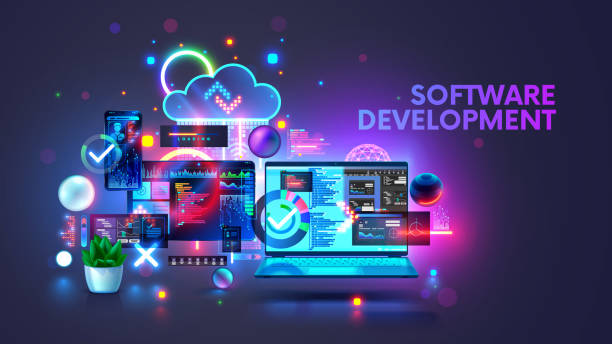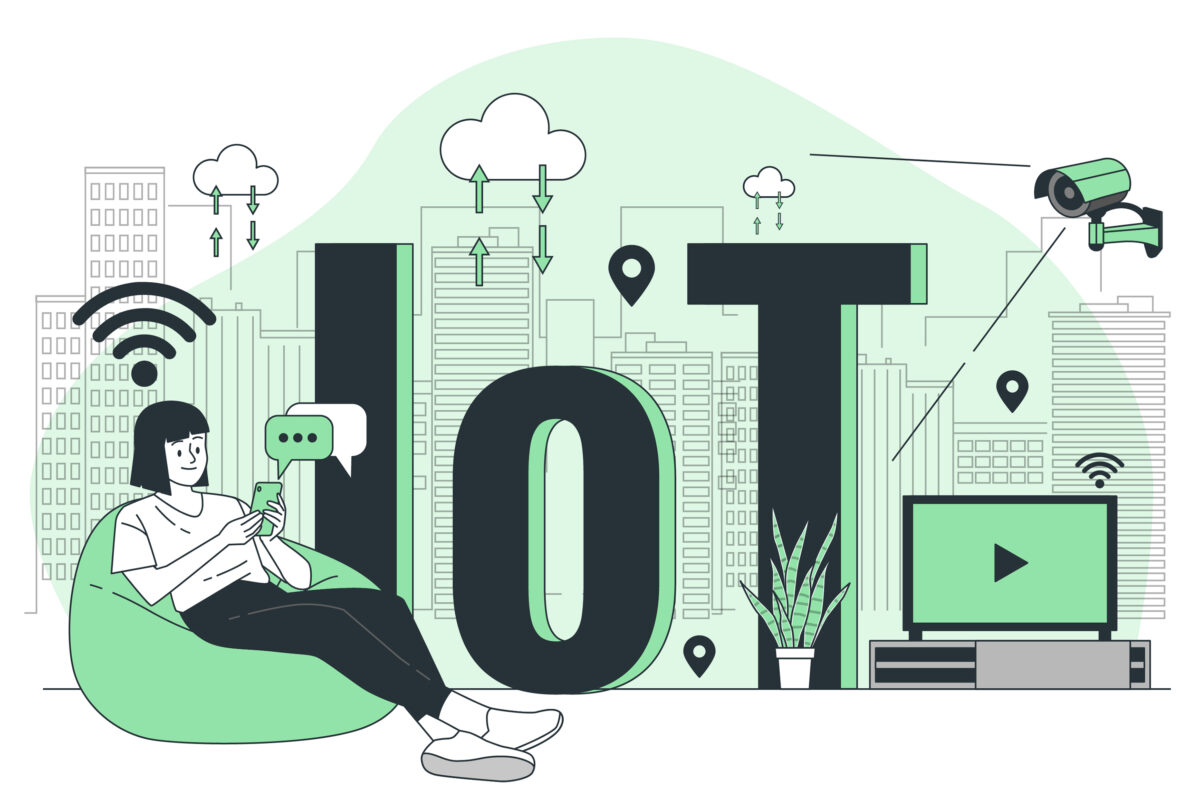THE RISE OF AI IN EVERYDAY LIFE : Transforming How We Work and Live

-
The Growth of AI: Transforming Industries and Reshaping the Future
Artificial Intelligence (AI) is no longer a concept confined to science fiction. Today, it stands as one of the most transformative forces in technology, influencing industries, improving processes, and redefining the way we live and work. The growth of AI has been remarkable, driven by advancements in machine learning (ML), big data, and neural networks, making it a cornerstone of modern innovation.
Understanding Artificial Intelligence
AI refers to the development of computer systems capable of performing tasks that typically require human intelligence. These include problem-solving, learning, decision-making, and language understanding. Key subsets of AI include machine learning, where systems learn from data, and deep learning, which mimics human brain structures using neural networks.
Evolution of AI
The journey of AI began in the mid-20th century with basic algorithms and symbolic reasoning. However, the 21st century has seen explosive growth due to several factors:
- Data Availability: The digital revolution has generated enormous datasets, enabling AI systems to learn and improve.
- Improved Computing Power: Modern GPUs and TPUs allow faster and more efficient processing of complex models.
- Advances in Algorithms: Deep learning and reinforcement learning have made AI systems smarter and more accurate.
- Cloud and Edge Computing: These technologies have improved AI accessibility and scalability, enabling its integration into everyday applications.
Key Drivers of AI Growth
1. Big Data
AI thrives on data, and the digitalization of industries has created a surge in the volume of structured and unstructured data. This data feeds AI algorithms, enabling them to learn patterns, make predictions, and automate processes.
2. Open-Source Frameworks
Platforms like TensorFlow, PyTorch, and Scikit-learn have democratized AI development. These tools have simplified model building, allowing researchers and developers worldwide to contribute to AI advancements.
3. Corporate and Government Support
Governments and corporations are investing heavily in AI research, fostering innovation in sectors like healthcare, finance, and defense. Initiatives to promote AI education and infrastructure have further accelerated its adoption.
Applications of AI Across Industries
The versatility of AI has led to its adoption in various domains:
1. Healthcare
AI is revolutionizing healthcare by improving diagnostics, enabling predictive analytics, and assisting in drug discovery. Tools powered by AI, like imaging software and robotic surgery systems, are enhancing patient outcomes and operational efficiency.
2. Banking and Finance
The financial sector uses AI for fraud detection, credit scoring, and algorithmic trading. AI-powered chatbots and virtual assistants provide personalized customer service, improving user experience and operational efficiency.
3. Retail and E-Commerce
AI enhances customer experiences through personalized recommendations, inventory management, and demand forecasting. Chatbots using natural language processing (NLP) have improved online shopping experiences by offering instant support.
4. Transportation
AI is at the heart of autonomous vehicles, making travel safer and more efficient. Smart traffic management systems use AI to reduce congestion, while predictive maintenance minimizes vehicle downtime.
5. Education
AI-enabled platforms are transforming education by offering personalized learning experiences tailored to individual needs. Automated grading systems and virtual tutors save time and enhance learning outcomes.
Benefits of AI Growth
The rise of AI has brought numerous benefits:
- Efficiency and Automation: AI automates repetitive tasks, saving time and resources.
- Enhanced Decision-Making: AI analyzes large datasets to provide actionable insights, improving decision accuracy.
- Cost Reduction: By optimizing processes and reducing errors, AI minimizes operational costs.
- Innovation: AI fosters creativity, enabling breakthroughs in fields like space exploration, renewable energy, and disease research.
Challenges of AI
While AI offers immense potential, it also poses significant challenges:
- Ethical Concerns: Algorithmic bias and lack of transparency can lead to unfair outcomes.
- Data Privacy and Security: Handling sensitive data requires robust safeguards to protect user privacy.
- Job Displacement: Automation could lead to job losses in certain sectors, requiring workforce reskilling.
- Regulatory Frameworks: Clear guidelines are needed to ensure responsible AI development and deployment.
The Future of AI
AI’s growth trajectory suggests it will play an even larger role in the future. Emerging trends like Generative AI, Quantum Computing, and Edge AI are expanding AI’s capabilities. Generative AI models like ChatGPT and DALL-E are pushing creative boundaries, while Quantum AI holds promise for solving problems beyond the capacity of classical computers.
AI will likely address global challenges such as climate change, poverty, and healthcare access. As industries continue to adopt AI, ethical practices and responsible innovation will be key to ensuring its benefits are shared equitably.
Conclusion
The growth of AI marks a pivotal point in human history, driving unprecedented progress and innovation. By leveraging its potential responsibly, we can create smarter, more efficient systems that enhance lives and address global challenges. AI is not just a technology; it is a catalyst for change, shaping the future in ways we are only beginning to understand.









